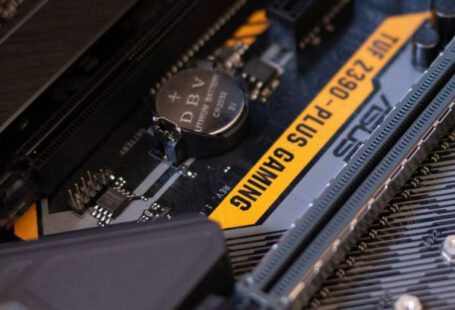In the ever-evolving landscape of technology, online benchmarks have become a popular tool for users to gauge the performance of their devices. Whether it’s testing the speed of a new smartphone or comparing the processing power of a laptop, online benchmarks provide a quick and easy way to assess real-world performance. However, the question remains – how accurate are these online benchmarks when it comes to reflecting the actual performance of a device in everyday use?
Understanding Online Benchmarks
Online benchmarks are standardized tests designed to measure the performance capabilities of various hardware components such as processors, graphics cards, and storage drives. These tests typically involve running specific tasks or simulations that stress the hardware and provide quantitative results that can be compared across different devices.
While online benchmarks can be a useful tool for comparing the relative performance of different devices, it’s essential to understand their limitations. These benchmarks are often synthetic tests that may not accurately reflect the performance of a device in real-world scenarios. Factors such as software optimization, thermal throttling, and background processes can all influence the actual performance of a device in day-to-day use.
The Role of Synthetic Tests in Benchmarking
Synthetic benchmarks are designed to stress specific hardware components and generate numerical scores that can be compared across different devices. While these tests can provide valuable insights into the raw processing power of a device, they may not always translate to real-world performance.
For example, a synthetic benchmark that focuses on CPU performance may not take into account other factors that can affect the overall user experience, such as software responsiveness or multitasking capabilities. In some cases, a device with a lower benchmark score may actually outperform a higher-scoring device in real-world use due to better optimization or more efficient software.
The Importance of Real-world Testing
While online benchmarks can be a useful starting point for comparing devices, real-world testing is crucial for evaluating how a device performs in everyday use. Real-world testing involves running a variety of tasks and applications that simulate typical usage scenarios to assess factors such as responsiveness, multitasking capabilities, and battery life.
Real-world testing can provide a more holistic view of a device’s performance and how it handles common tasks such as web browsing, multimedia playback, and gaming. It can also reveal any issues such as lag, stuttering, or overheating that may not be apparent from synthetic benchmarks alone.
The Influence of Software Optimization
Software optimization plays a significant role in determining the actual performance of a device in real-world use. A well-optimized operating system and applications can make a device feel faster and more responsive, even if its benchmark scores are lower compared to other devices.
Conversely, poor software optimization can lead to sluggish performance and a frustrating user experience, regardless of how a device performs in synthetic benchmarks. It’s essential to consider how a device’s hardware and software work together to deliver a smooth and efficient user experience.
The Verdict on Online Benchmarks vs. Real-world Performance
While online benchmarks can provide a quick and convenient way to compare the relative performance of different devices, they may not always accurately reflect how a device will perform in everyday use. Factors such as software optimization, real-world testing, and user experience should also be considered when evaluating the overall performance of a device.
Ultimately, the best way to determine the real-world performance of a device is to combine online benchmarks with real-world testing and user feedback. By taking a comprehensive approach to evaluating performance, users can make informed decisions about which device best suits their needs and preferences.





